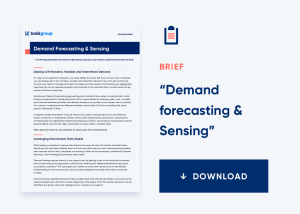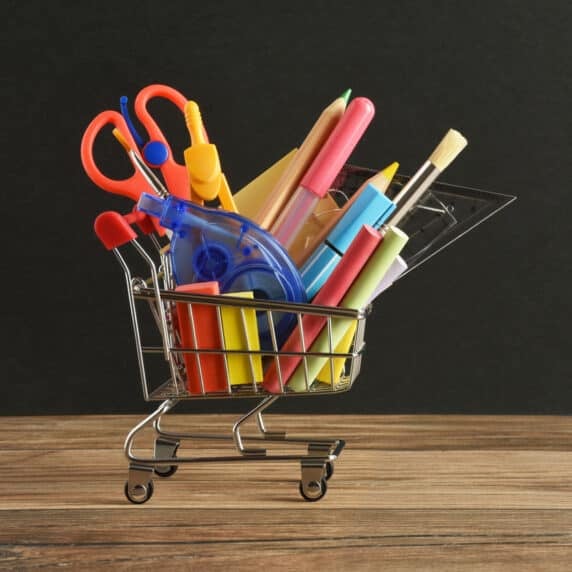Sensing Demand or the Art of Hitting a Curve Ball – Part 2
How do you get to be really good at forecasting demand and driving higher supply chain performance? The same way you get to be good at hitting a curve ball – by sensing what’s happening sooner. In baseball, you want to see a pitched baseball sooner after it leaves the pitcher’s hand (See last week’s blog). So top performing companies are reaching further down the chain to sense point of sale (POS) demand. The point of sale is about the most direct and tangible demand signal there is – like seeing the baseball sooner.
Sensing demand at POS improves visibility dramatically. For instance, one large consumer goods company experienced 73% forecast accuracy using aggregated channel demand and 86% forecast accuracy with POS demand — a 13 percentage point improvement. In another example, we worked with three large telecom providers who fed demand data from their retail stores through their network to their OEM handset suppliers—realizing a highly profitable point-of-sale average service level increase of 6 percentage points.
Traditionally the problem with POS demand has been a lack of clarity and completeness. But three recent developments have made POS data more available and usable.
The first is increased availability. POS data is now more readily available from major retailers via services like Retail Link and POS aggregators such as Demand Signal Repositories (DSRs) that cleanse and harmonize retail demand data. They store the data in a format for easy retrieval so that users can quickly query the database to identify what’s selling, where, when and how.
A second development is the growth of integrated retailers, who control both production and distribution to the end consumer. For instance, cosmetics producer KIKO has 500+ traditional stores and 30 online stores in 30 countries, providing them direct access to their POS data.
The third development is the availability of machine learning techniques that allow users to more easily digest the huge amounts of data that POS sensing can generate. It can be an excellent tool for overcoming incomplete and dirty data and dealing with gaps in data.
Let’s look UK-based Costa, which streams POS data every 15 minutes from its unmanned coffee stations to forecast demand, optimize inventory, and generate nightly replenishment proposals for distribution and procurement. Costa tracks demand surges and highlights replenishment exceptions for more than 4800 self-serve machines needing frequent, low-volume/low-value deliveries. The replenishment plan enables Costa to optimally manage the supply of ingredients—coffee, flavored syrup, cups, and lids—from a warehouse to end consumer.
“We want to unlock the power of our data,” says Chris Clowes, Costa’s supply chain manager. “We want 100 percent of our machines talking to us 100 percent of the time.”
What’s the final frontier? Sensing the demand signal before the sale. For instance, internet retailers are harnessing vast quantities of web data, such as page views and social media, to capture customer sentiment and emerging demand trends. A beer company uses short range (3 to 5 day) weather forecasts to sense demand changes. Hot summer weekend ahead – beer demand goes up. Rainy weekend – not so much. This level of demand tuning requires highly granular demand management – like we discussed in last weeks’ blog. Weather may be entirely different in the next state or even the next city. Even more granular demand sensing can be seen in Costa’s latest high tech coffee kiosks. They have built-in cameras that can recognize trends in customer demographics for individual machines.
Click below to download a copy of a short Executive Brief on Demand Sensing.







